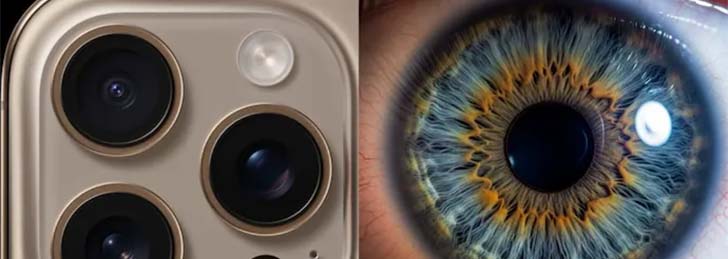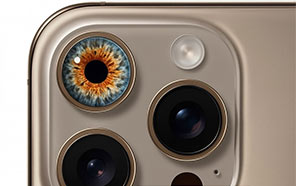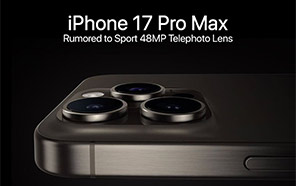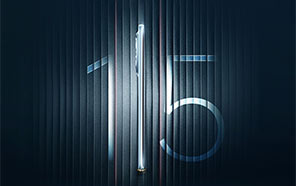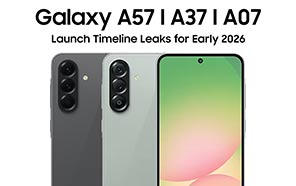Apple has now received a patent in the US for an in-house imaging sensor that could help it step away from its reliance on other third-party camera manufacturers like Sony. It’s an ambitious move, but a necessary one. The patent was found by Y.M.Cinema magazine, which is considered a pretty reliable source for camera-related news.
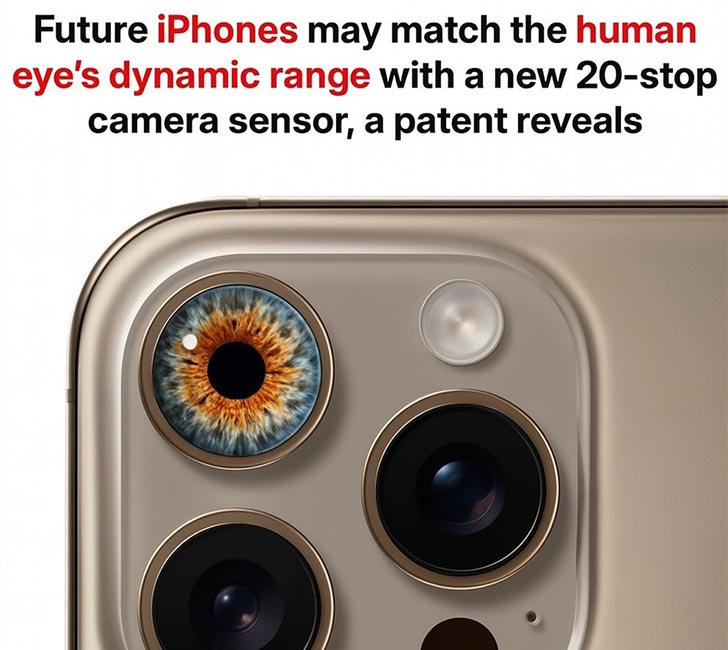
The new image sensor Apple has in development can apparently capture 20 stops of Dynamic range. This could produce almost the same level of image quality as the human eye. In fact, this camera sensor is so powerful that it can rival professional cinema cameras in terms of dynamic range.
Apple’s patent, which is filed under the title “Image Sensor With Stacked Pixels Having High Dynamic Range And Low Noise,” seems to have a dual-layer architecture stacked one on top of the other. One layer is made of some photo-sensitive diodes, and the other is a logic die to process and translate the information that’s captured by those diodes.
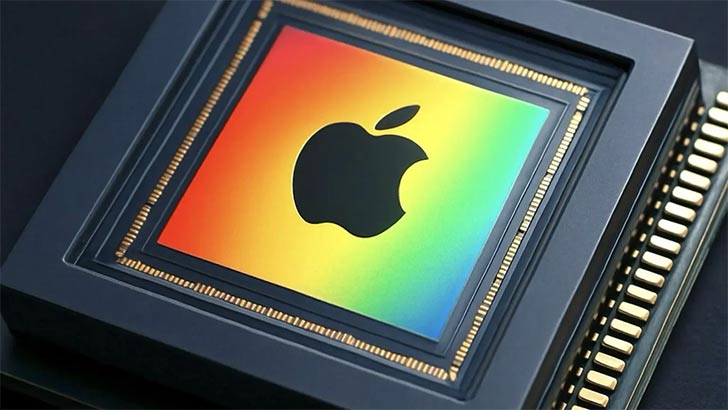
This isn’t something new. Sony has made quite a progress with the stacked sensor technology. But Apple’s architecture for it claims a Dynamic range of 120 dB, slightly more than the ARRI ALEXA 35, which, by the way, is a fifty-thousand-dollar cinema camera.
The patent files show that the sensor die has photodiodes and analog circuitry. There’s a logic die beneath it that handles light readouts and image noise in real-time, so the new iPhone model doesn’t need to rely on AI or post-processing. These layers are merged, and we get a very thin sensor module, which is perfect for VR and smartphones.

There are three new tricks the new sensor has up its sleeves. It has something called “LOFIC” technology, which is a Lateral Overflow Integration Capacitor. This helps the sensor adapt to different levels of brightness in the environment, which is how it claims a 20-stop dynamic range.
The logic die has a real-time thermal noise detection system, and it makes the low-light shots much cleaner without software optimizations. This sensor is built on top of a 3-transistor pixel design, which admittedly does not have as much quality as some Sony sensors, but the noise reduction technique we talked about has a lot of potential for Cinematic HDR videos or even 20 stops of high Dynamic range.
The internet provided no clue if this tech is going to make it to the iPhone 17 lineup, but we have our ears pinned to the ground to find something in that vein. We’ll let you know if anything new comes up. Until then, stay tuned.
